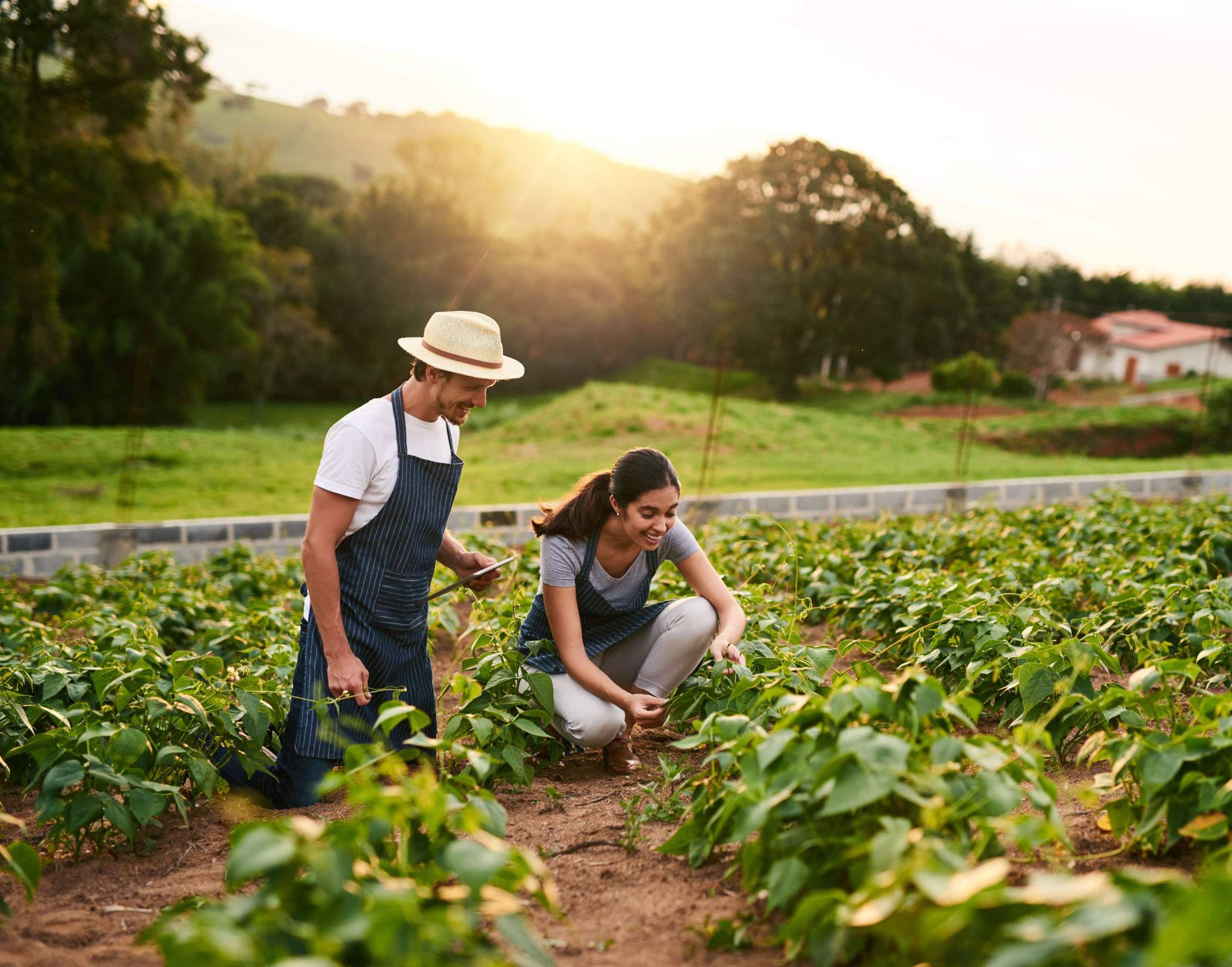DIY Edible Garden Design: Tips for Beginners
Starting Your DIY Edible Garden
Creating an edible garden is a gratifying venture, especially for beginners who are passionate about sustainability and fresh, home-grown produce. As the desire for organic and self-sufficient living grows, so does the interest in designing one's own edible garden. This guide will walk you through the essential steps to start your journey.
An edible garden can be as simple or as intricate as you desire. The key is to plan carefully and start small, gradually expanding as you gain confidence and experience. Begin by selecting a suitable location, ideally with ample sunlight, fertile soil, and easy access to water.

Choosing the Right Plants
When selecting plants for your garden, consider both your local climate and personal preferences. Opt for plants that are native or well-suited to your region, as they are more likely to thrive with minimal intervention. Popular choices for beginners include herbs like basil and mint, as well as vegetables such as lettuce, tomatoes, and radishes.
It's essential to understand the growing requirements of each plant. Some may need more sunlight or water than others. Group plants with similar needs together to streamline care and maintenance.
Companion Planting
Companion planting is an effective strategy to enhance growth and deter pests naturally. For example, planting marigolds alongside tomatoes can help repel nematodes, while basil can improve tomato flavor. Research compatible plant combinations to maximize your garden's productivity.

Designing Your Garden Layout
The layout of your garden plays a crucial role in its success. Consider raised beds or container gardening if you're dealing with limited space or poor soil conditions. Raised beds offer better drainage and soil quality control, while containers provide flexibility in positioning plants for optimal sunlight.
Ensure pathways between garden beds are wide enough for easy access and maintenance. This will allow you to tend to your plants without damaging them. Additionally, consider the mature size of each plant when planning spacing to prevent overcrowding.

Soil Preparation and Maintenance
Healthy soil is the foundation of a thriving garden. Test your soil to determine its pH level and nutrient content. Amend the soil with organic matter such as compost or aged manure to enhance fertility and structure. This process improves water retention and provides essential nutrients for plant growth.
Regular maintenance is vital for sustaining healthy soil. Mulching helps retain moisture, suppress weeds, and regulate soil temperature. Additionally, rotating crops each season can prevent nutrient depletion and reduce pest buildup.
Irrigation Tips
Efficient watering practices are crucial for a successful edible garden. Install a drip irrigation system or soaker hoses to deliver water directly to the plant roots, minimizing wastage and reducing the risk of fungal diseases. Water early in the morning or late in the evening to minimize evaporation.

Harvesting and Enjoying Your Produce
The most rewarding part of gardening is undoubtedly the harvest. Knowing when to pick your produce is key to enjoying it at its peak flavor and nutritional value. Regularly inspect your plants for ripe fruits and vegetables, as harvesting encourages further growth.
Remember to share your bounty with family and friends or preserve it through methods like canning or freezing to enjoy fresh flavors year-round.
Starting a DIY edible garden may seem daunting at first, but with careful planning and dedication, you'll soon reap the rewards of your labor. Embrace the journey and enjoy the connection it fosters with nature. Happy gardening!